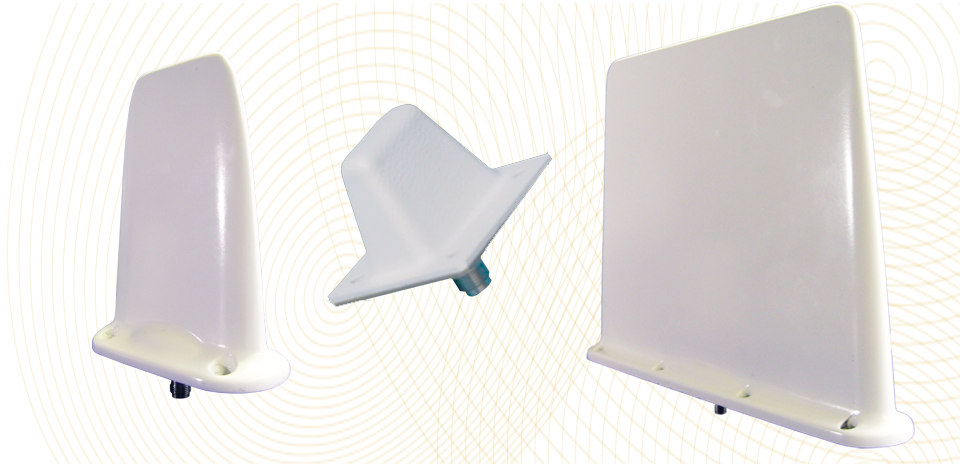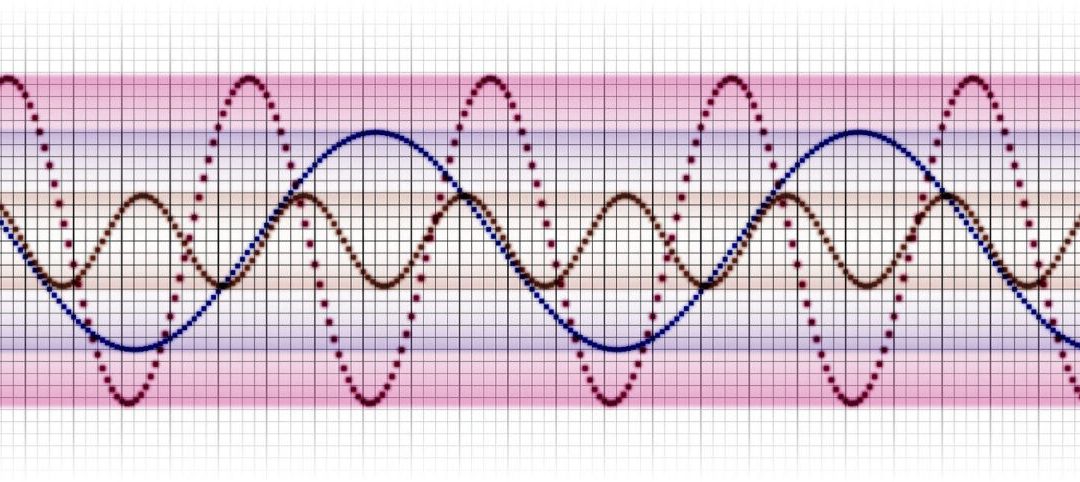An Overview of Unmanned Aerial Vehicles — and their Antennas
May 2018
An unmanned aerial vehicle, or UAV, refers to a vehicle that is able to fly remotely, either with some sort of controller or autonomously. An unmanned aircraft system, or UAS, includes not only the UAV, itself but also the person on the ground controlling the flight, as well as the system in place that connects the two of them.
Classifying UAVs
UAVs vary in weight and size, ranging from vehicles measurable by a few inches to aircraft with wingspans of up to 400 feet. Among numerous other factors, UAVs also vary in altitude and general operating characteristics. While there is no widely used classification system for UAVs, there are six major classifications for their functionality: target and decoy, reconnaissance, combat, logistics, research and development (R&D), civil, and commercial. Target and decoy UAVs are typically used for military training purposes. Reconnaissance and combat UAVs are used in the battlefield for intelligence attack capability in high-risk missions. As the name suggests, logistics UAVs are used for cargo and logistics operations. Likewise, R&D UAVs are used to further develop UAV technologies.
A Steadily Growing Industry
The UAV Manufacturing industry is in the growth stage of its life cycle. The defense sector currently is, and will likely continue to be, the primary market for UAVs. While most systems will be used for fighter combat, stealth missions, aircraft carrier operations, surveillance, and military communications, industry trends suggest that there will also be a steady expansion in the civil, as well as commercial uses for UAVs. Manufacturers are becoming increasingly focused on developing aircraft for the uses of border enforcement, humanitarian relief, search and rescue, scientific research, meteorology, firefighting, precision agriculture, infrastructure surveying, police surveillance, freight delivery and communication signals relaying.
Although the industry is heavily regulated, more business have been able to operate commercial drones since 2016, following the Federal Aviation Administration’s (FAA) issuance of new and less restrictive regulations. Researches, such as those at IBIS World, suggest that the finalization of FAA regulations over the next few years will create more demand for UAV industry products.

UAV Antennas
The manufacturing of UAVs requires a significant amount of electronic components for data recording and transmission purposes, as well as for avionic functions. Antennas are among the most important electronic components of any UAV or UAS, for they allow the vehicle to transmit information to and receive information from other systems, as well as the people on the ground.
Over the past 19 years, JEM Engineering has developed a variety of UAV-qualified antennas. We offer a selection of aerodynamic antennas in various form factors and frequency ranges. Our versatile antennas can be used in ground‐to-ground, ground‐to‐air, and air‐to‐ground communications systems. Our product applications include signal intelligence (SIGINT); intelligence, surveillance, and reconnaissance (ISR); and sensor systems.
To learn more about our UAV antennas, feel free to contact one of our experts.
Latest Posts

Remote Radiofrequency Testing
JEM Engineering offers all of our customers the added convenience of performing remote radiofrequency testing.

Loop Antennas: Design Overview
Loop antennas come in many forms, but their overarching distinction is that they are relatively simply constructed, yet very versatile.

Antenna Development & Environmental Testing
Antenna environmental testing is a crucial part of its qualification.

What is Beamforming?
The term beamforming refers to a method of directing a wireless signal towards a specific receiving device, whereas the alternative would be allowing the signal to spread in all directions from a transmitter the way it naturally would.
